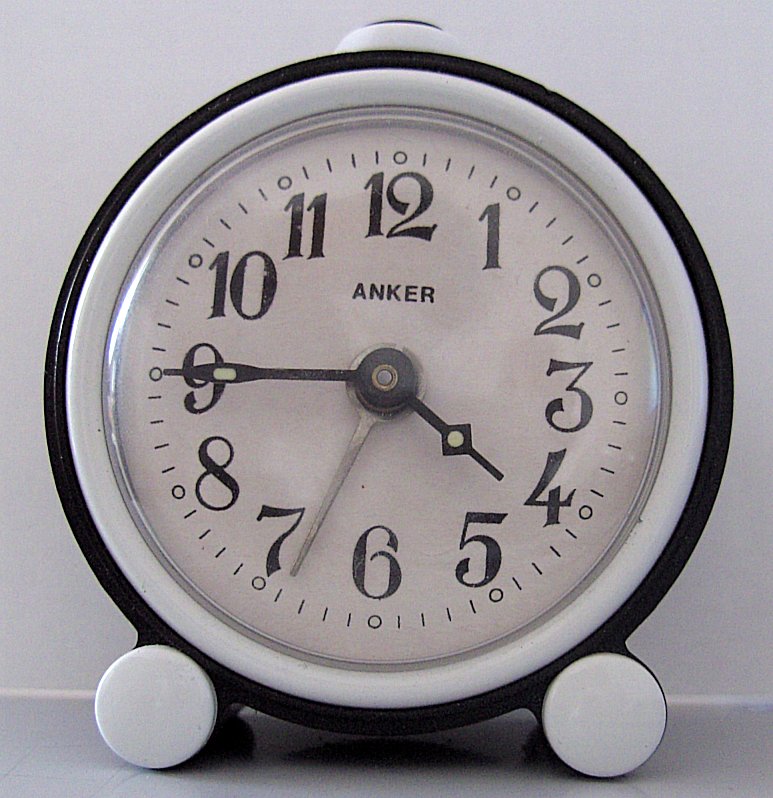However, an explanation can also be derived from the aether as described in the Velcro model.
In the Velcro model, time is dependent on the availability of photons in the aether. Since photons are attracted to massive bodies, they must be more plentiful near the surface of massive bodies than in space. This is a matter of density, and has nothing to do with any curvature of space-time.
The difference in how time progresses on Earth and in space is a consequence of the fact that photons are more plentiful close to Earth than in space.
An experiment that can be set up to see if it is the Velcro model or Einstein's curved space-time that is correct is one in which a clock is placed inside a magnetic field. Compared to a clock placed outside the field, there should be a measurable difference.
If the force is attracting, there is under-pressure of photons inside the field, and time should go slower. If the force is repelling, there is over-pressure of photons inside the field, and time should go faster.

No comments:
Post a Comment